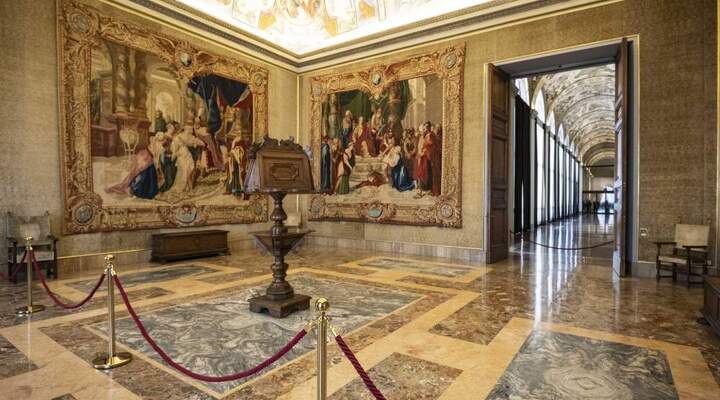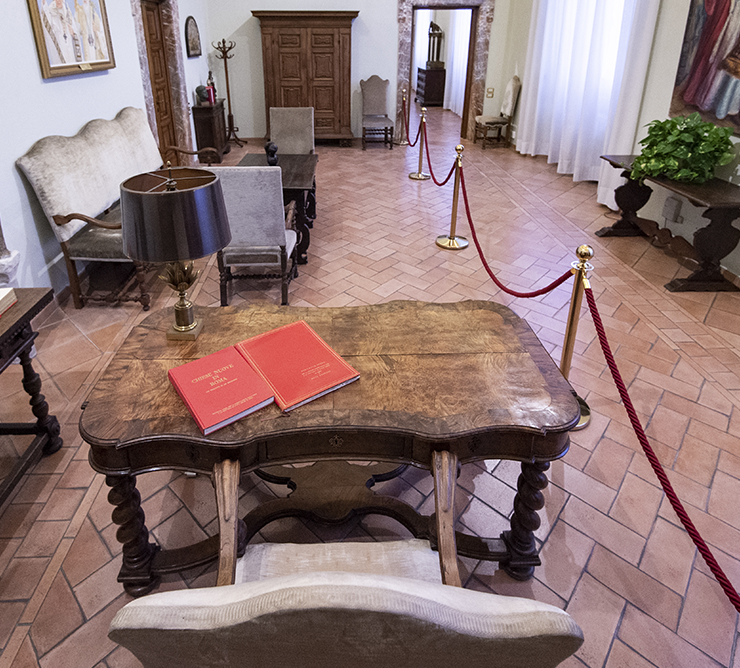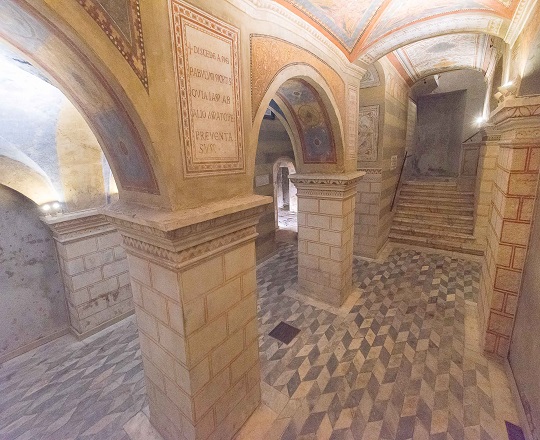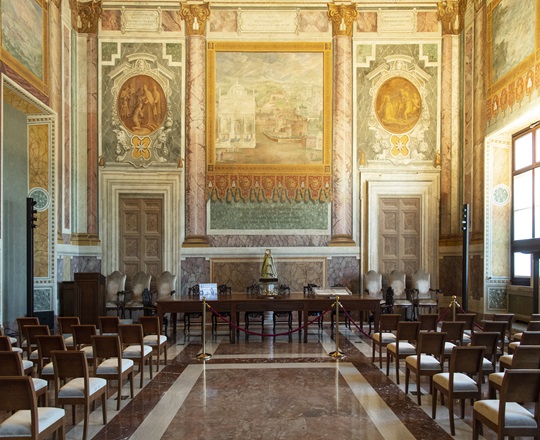In one of the historic districts of the city, adjacent to St. John Lateran Basilica, the "Mater et Caput" of all the churches of Rome and the world, stands the Lateran Palace, the papal seat and official residence of the Popes for many centuries.
Damaged several times over the centuries, by earthquakes, raids and invasions, and punctually restored, it was devastated by a fire in 1308: thus, upon the return of the papacy to Rome in 1377 after the ‘Avignon exile’, the popes fixed their residence at the Vatican.
Although it is no longer inhabited, it will continue to keep intact its prerogative of Patriarchium, that is the House of the Bishop of Rome, in fact, all the popes elected to the throne of Peter have always celebrated their taking of possession in St. John Lateran Basilica.
What are the Palazzo Lateranense opening hours?
Date and time of your visit can be pre-booked during the following opening hours:
Important:
Guided tour booking times:

It is the largest room in the papal apartment and takes its name from the depictions on the vault, which, divided into five compartments, presents episodes from the life of Daniel, the last of the four great prophets who anticipated the coming of Christ.

The private apartment consists of four very austere furnished rooms: dining room, bedroom with bathroom, library and antechamber, and the Chapel. In his private rooms, the Supreme Pontiff is reminded that he is a poor priest, a priest in the service of God and His Church: Servus servorum Dei

The ceilings are from the Sistine age and the victorious theme of the Resurrection of Our Lord is celebrated. The rich majolica floor, with a vaguely Renaissance taste, belongs to modern Italian production and was installed during the profound restoration of the entire Palazzo in the early 1960s.

Among the architectural wonders that dot the Roman panorama, there is an unparalleled jewel: the Church of Sant'Agese in Agone.
Do not miss the opportunity to visit this hidden gem of Rome.

Welcome to Palazzo Lateranense, a place steeped in history and spirituality that will take you on a journey through the centuries of grandeur and charm of Rome. With the help of the innovative multilingual audioguide, you can explore this architectural jewel in comfort and discover its most fascinating secrets.